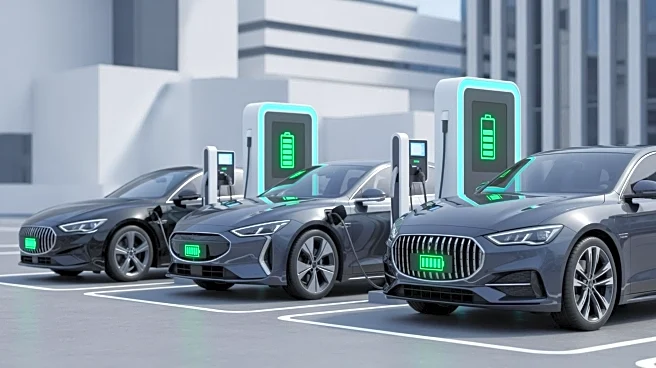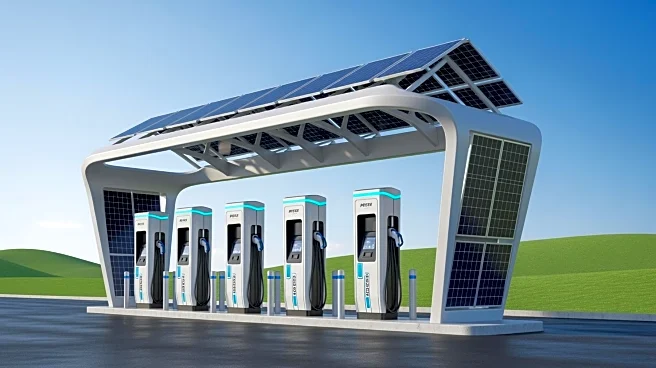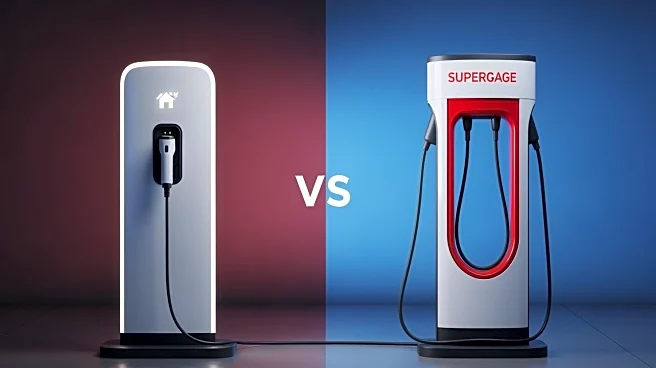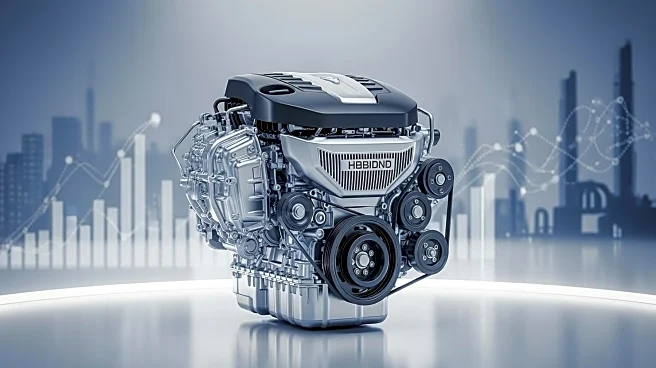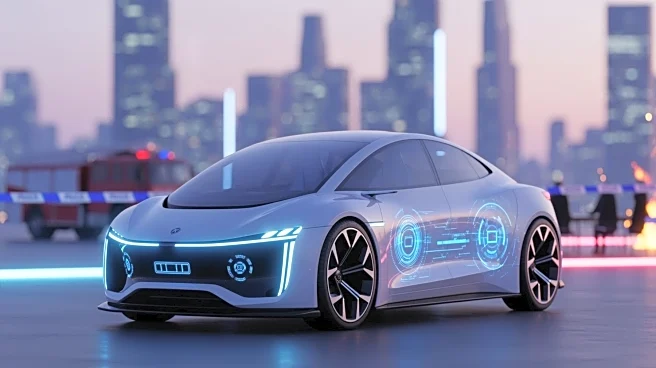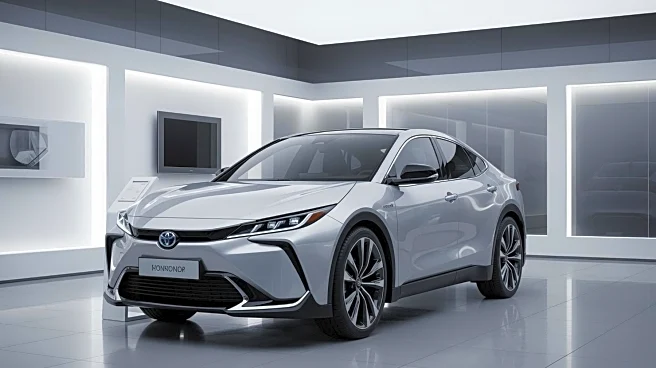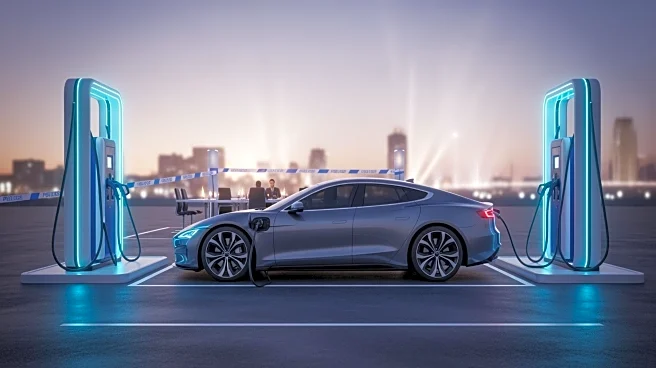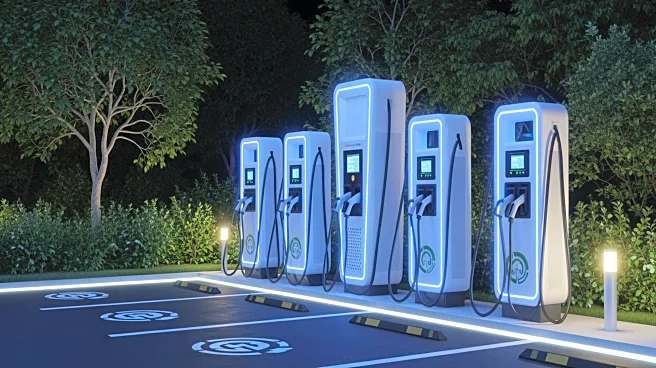What's Happening?
Consumer Reports has identified three electric vehicles that exceed their highway driving range estimates by significant margins. The Mercedes-Benz EQE 350 Sedan, BMW iX, and BMW i4 have demonstrated real-world
driving ranges that surpass Environmental Protection Agency (EPA) estimates by 67, 61, and 51 miles respectively. This development comes amid ongoing concerns among American drivers regarding the practicality of electric vehicles, particularly in terms of driving range and charging infrastructure. The Mercedes-Benz EQE 350 Sedan, starting at $74,900, offers a luxurious cabin and advanced technology, while the BMW iX and i4 provide competitive alternatives in the electric SUV and sedan markets, respectively.
Why It's Important?
The findings by Consumer Reports are significant as they address one of the primary concerns of potential EV buyers: driving range. By demonstrating that certain models can exceed range estimates, these vehicles may alleviate range anxiety and encourage more consumers to consider electric vehicles. This could lead to increased adoption of EVs in the U.S., impacting the automotive industry by accelerating the shift towards electric mobility. Manufacturers like Mercedes-Benz and BMW stand to benefit from increased consumer confidence in their EV offerings, potentially boosting sales and market share.
What's Next?
As technology continues to improve, more electric vehicles may demonstrate better real-world capabilities than advertised. This could lead to increased investment in EV technology and infrastructure, including charging stations, to support the growing number of electric vehicles on the road. Automakers may also focus on enhancing battery efficiency and range to further attract consumers. Additionally, regulatory bodies like the EPA may need to adjust their testing methods to better reflect real-world driving conditions.
Beyond the Headlines
The improvement in EV range could have broader implications for environmental policy and urban planning. As electric vehicles become more viable for long-distance travel, there may be a push for more sustainable transportation solutions and reduced reliance on fossil fuels. This shift could influence government policies aimed at reducing carbon emissions and promoting clean energy.
